5 Things You Might Not Have Known About Magic The Gathering’s Innistrad: Crimson Vow
Table of Contents
Crimson Vow had a particularly rough development, and yet it’s still a fantastic Magic the Gathering set.
You Are Reading :5 Things You Might Not Have Known About Magic The Gatherings Innistrad Crimson Vow
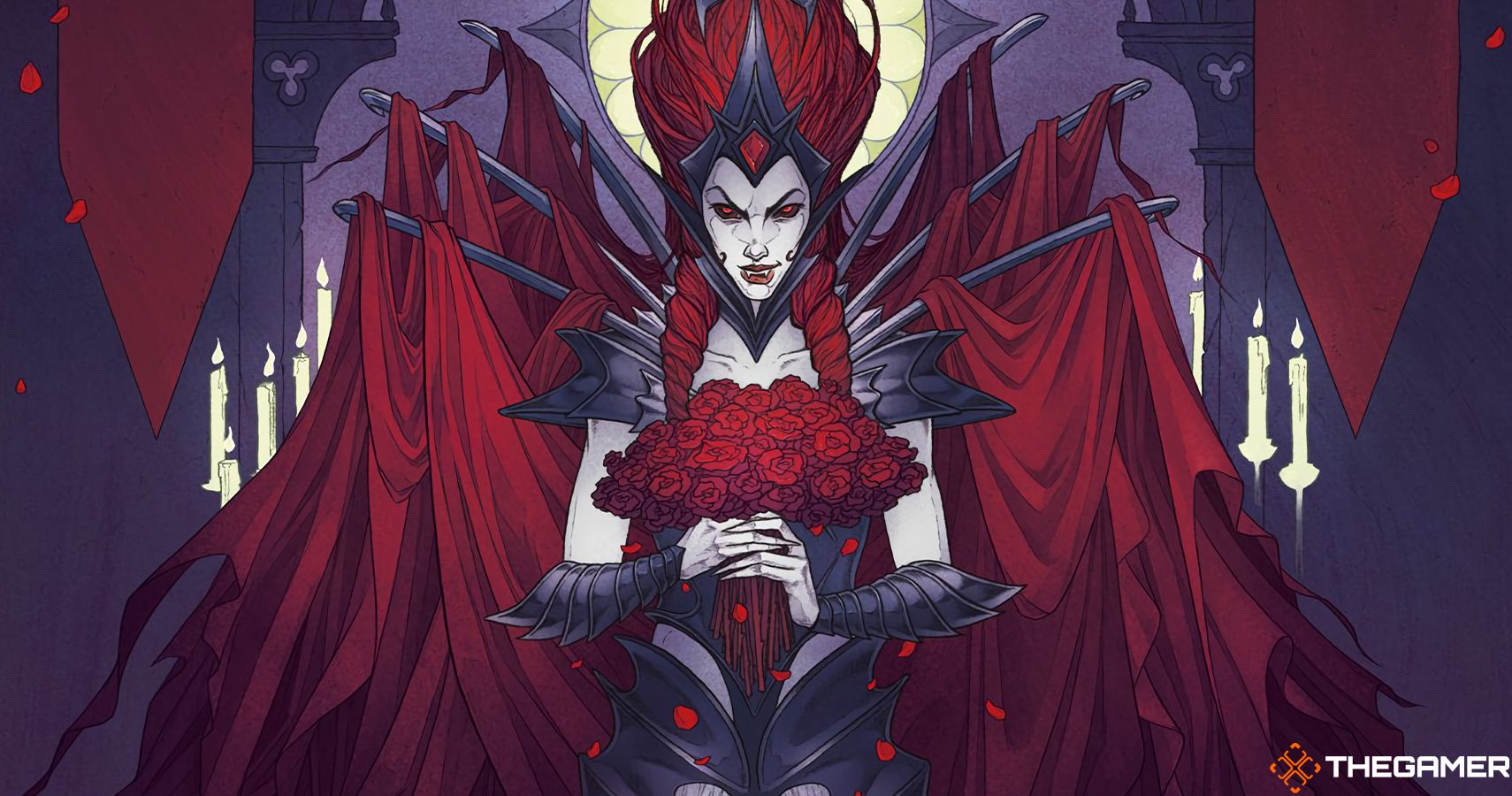
Innistrad: Crimson Vow is the second Magic the Gathering set this year to take us to the Gothic world of Innistrad. The vampires are looking to capitalise on the new eternal night that fell across the plane in Innistrad: Midnight Hunt, and Olivia Voldaren is hoping to secure her place as Queen by marrying none other than the lord of all vampires himself, Edgar Markov.
Not just a tumultuous time for Innistrad, Crimson Vow had a turbulent development period full of last-minute changes and uncertainty. That hasn’t held it back at all, though, as it’s easily one of the best sets released this year. Here are five things you might not have known about Innistrad: Crimson Vow.
5 A First For Vampires
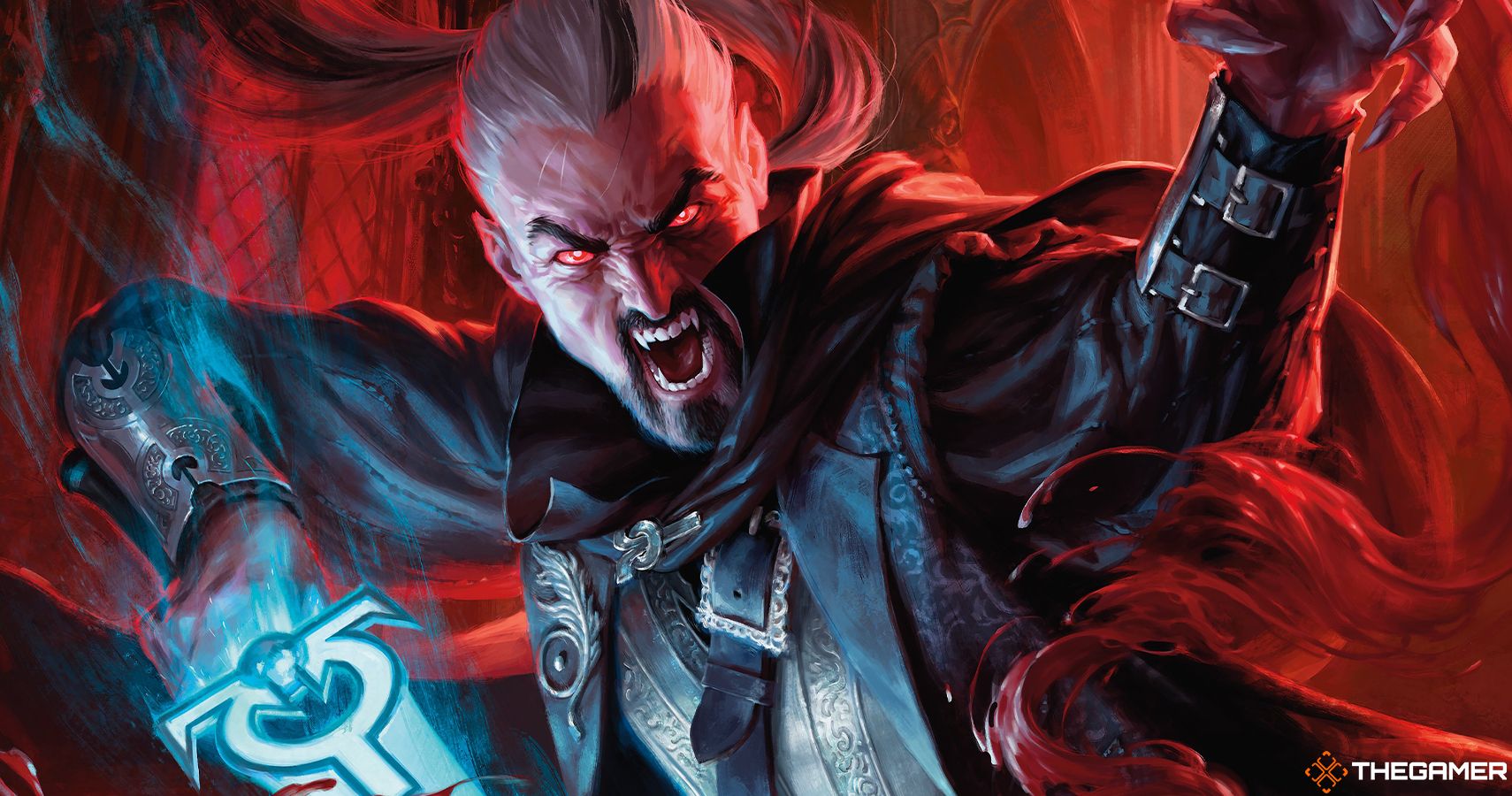
Once Wizards had decided on making a Vampire-heavy set, they looked back at Midnight Hunt and saw that it had put werewolves – normally a red and green creature type – into the three other remaining colours as well.
It was decided the same should be done for the Vampires in Crimson Vow, to help give the set the sense that it really is a Vampire-centric set. Before then, every vampire in an Innistrad-based set was found in the Rakdos colours of black and red.
Fortunately, Magic’s already got vampires found in another colour. On the Mesoamerican-inspired plane of Ixalan, Vampires were members of the Legion of Dusk, heavily based on Conquistadors invading the continent of Ixalan. Here, they were found in the Orzhov colours of black and white, to reflect their religious-based drive to invade and colonise Ixalan.
And so it was decided that Crimson Vow could introduce white Vampires to Innistrad. It wasn’t a massive shakeup; only two mono-white Vampires were introduced, and four multi-coloured ones (Edgar Charmed Groom, Markov Purifier, Markov Waltzer, and Odric Blood-Cursed).
One thing that is especially notable about Crimson Vow is that it’s the first time in Magic’s history that there have been multicoloured Vampires that don’t have any black in their colour identity: Markov Waltzer and Odric, Blood-Cursed are both only white and red.
4 Multikicker Was A Big Theme Until It Was Replaced With Cleave
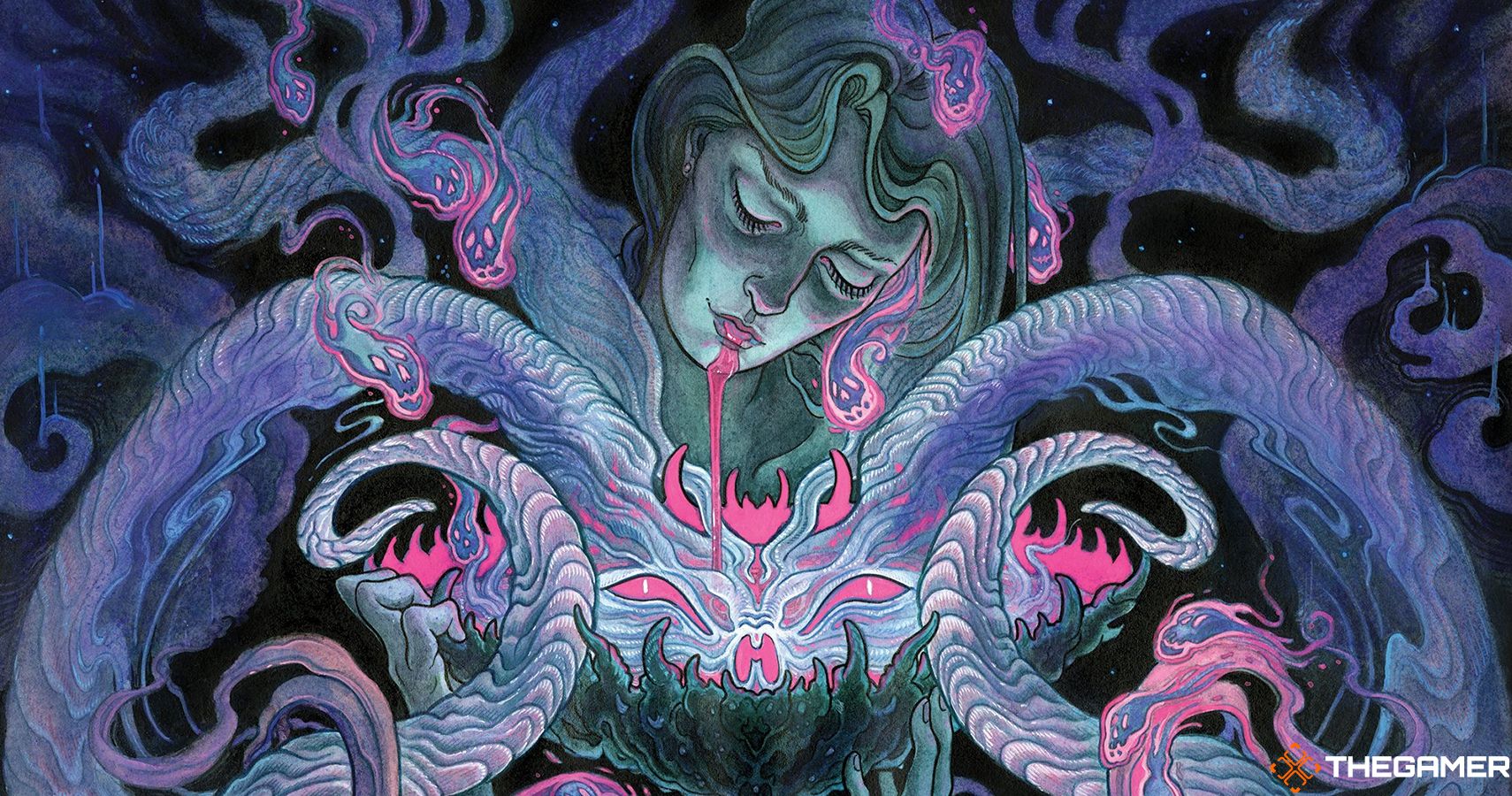
Mechanics are added and dropped from sets early in development all the time, but it seems like Multikicker was going to be a big theme for the set and appear on multiple cards.
Multikicker is a mechanic that allows you to pay as much mana as you want into a Kicker cost to have a scaling effect. For example, for every additional white mana you pay when casting Lightkeeper of Emeria, you gain two life when it enters the battlefield.
In Crimson Vow, Multikicker was found on what would eventually become Demonic Bargain and By Invitation Only, as well as being mentioned on the earliest versions of Grolnok, the Omnivore. During development, By Invitation Only was originally a more traditional board wipe called Creeping Death, and its multikicker was used to give as many creatures indestructible as you were willing to pay for.
Meanwhile, Demonic Bargain was called Inspired By Death, and for each two life you paid while casting it, you could exile the top card of your library. You could cast one of those cards on your turn, but if you didn’t cast any you would lose the game.
Eventually, Multikicker would be removed from Crimson Vow as it “felt a bit weird”. Kicker is a mechanic most associated with the plane of Zendikar, to reflect the high potency of mana flowing around the place, and putting it into an Innistrad set didn’t quite match the flavour.
Instead, the Crimson Vow design team took a mechanic that had just been dropped from the upcoming mafia-themed set Streets of New Capenna. Cleave allows you to pay a cost to remove certain snippets of text from a card (and was intended to represent criminals bribing to ignore rules).
Cleave eventually wasn’t used in Streets of New Capenna, but, needing something to replace Multikicker, Crimson Vow co-set lead Adam Prosak picked it up instead.
3 Blood Tokens Were Originally Very Different
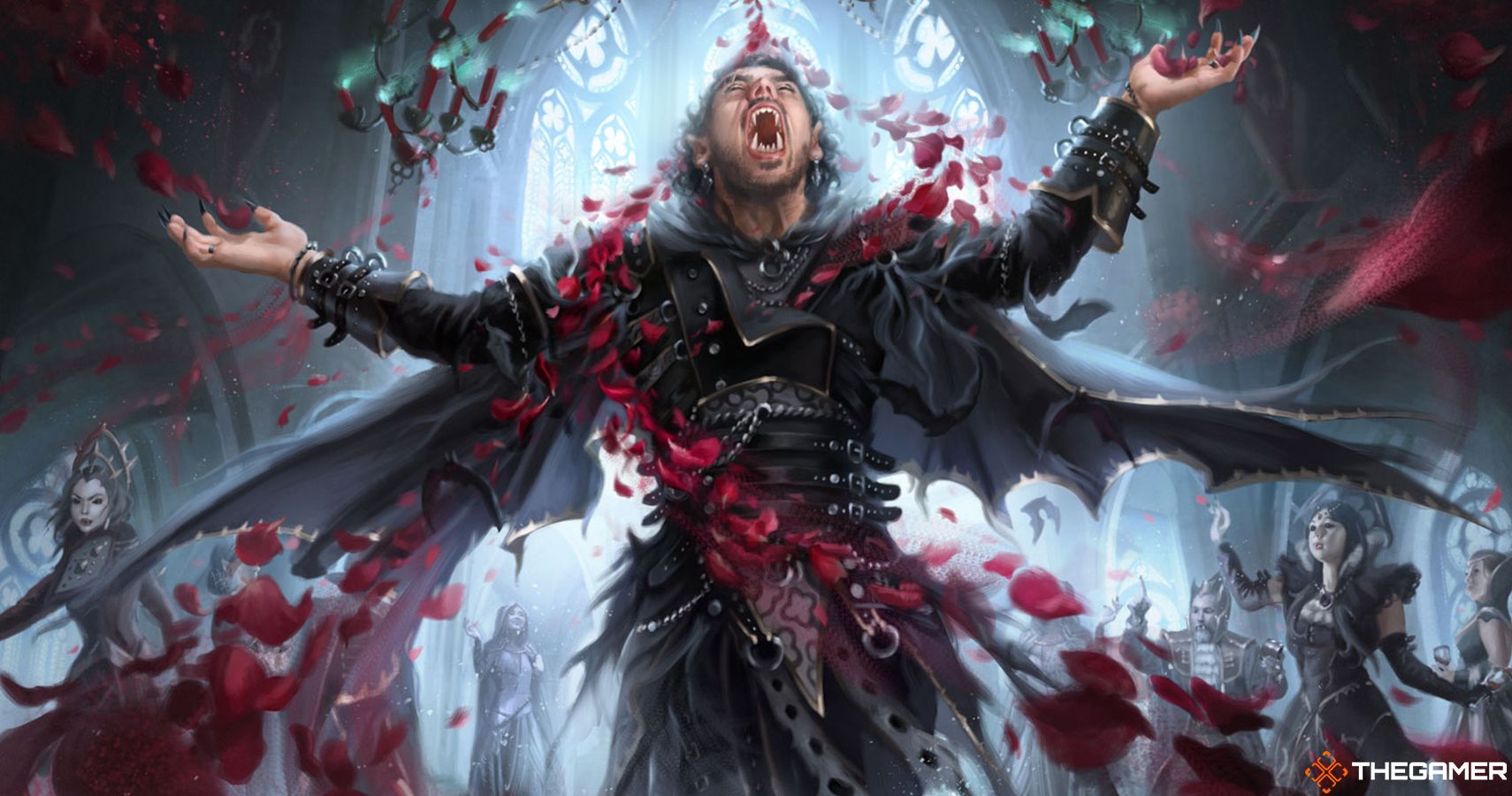
The first distinct artifact token introduced to the game was Clue tokens, first added in Shadows Over Innistrad. Since that visit to Innistrad, artifact tokens had become much more prevalent with Treasure in Ixalan, Gold in Theros: Beyond Death, and Food in Throne of Eldraine, and so it was decided to revisit the idea for Crimson Vow and add a new style of artifact token: Blood.
Wizards had difficulty giving Blood a use that felt worthwhile and also flavourful. At first, they tried sacrificing them to put a +1/+1 counter on a creature, however that was soon dropped. It felt too similar to werewolves and their main strategy of growing bigger, it was just too powerful as an instant-speed effect, it relied on also having creatures to be useful, it didn’t “smooth” gameplay in the same way card draw through a clue or mana through a treasure do, and permanent +1/+1 counters were almost always the better choice over the temporary effects vampires in the set could use blood for.
Next, Wizards tried scrying and surveilling. Scry lets you look at the top card of your library and keep it on top or put it at the bottom, while surveil does the same except puts it into your graveyard instead of on the bottom. This idea was dropped because artifact tokens are meant to be sacrificed in large numbers, but scrying and wanting to keep a card on top made all future scry triggers useless. It also wasn’t very powerful, and players would rarely use blood tokens to scry over other uses for them.
Finally, Wizards settled on the version we know today. Pay one mana, tap the blood token, discard a card, and sacrifice the token to draw a card. It’s similar to clues, except being cheaper in mana cost and requiring you discard a card give it a distinctly graveyard-fuelling, self-sacrificing theme that fits well for Vampires.
2 It Was Almost A Zombie-Themed Set Instead
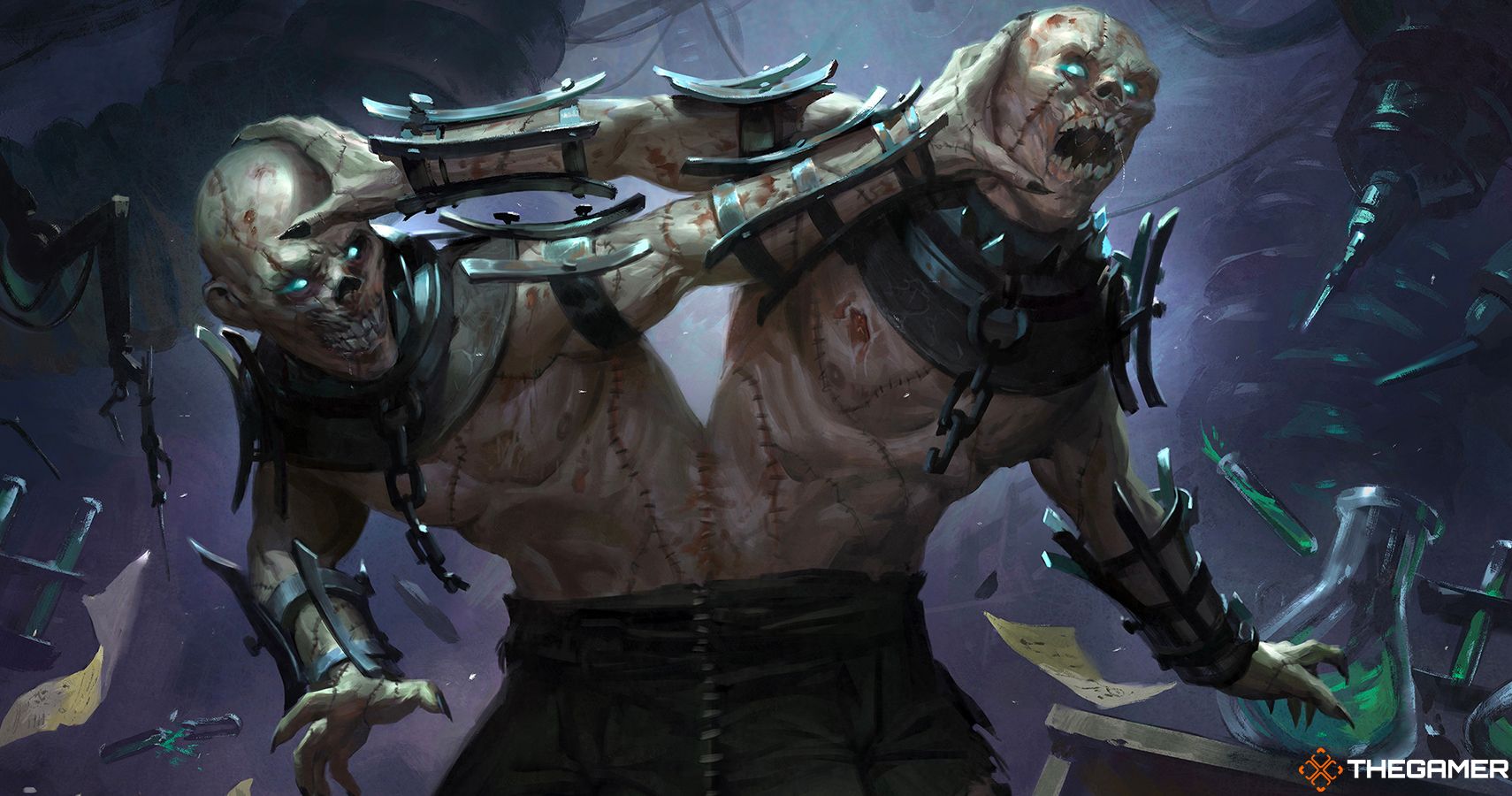
When it was decided that Wizards was making a second Innistrad set after Midnight Hunt (more on that later), there was some difficulty in which other of the five main Innistrad tribes should be the emphasis. Werewolves were the star of Midnight Hunt, which left Humans, Spirits, Zombies, and Vampires for consideration.
Humans were immediately dropped because they’ve always been the unofficial focal point of Innistrad, and it would be pretty boring to focus on them again. Spirits were then dropped as they lack the pop culture cache of Vampires or Zombies that makes Innistrad sets so popular.
And so the decision was between Zombies and Vampires. The vision design team led by head designer Mark Rosewater was neutral on both tribes, having plenty of ideas for both that could drive entire sets. On the other hand, Creative team leader (who do things like decide on art, card frames etc.) had a highly realised vision already for the set of a Vampire wedding.
According to Rosewater, all it took was that one nudge from the Creative team to shift the focus from potentially being a Zombie-themed set into a Vampire wedding one.
1 It Only Exists Because Of Dungeons & Dragons
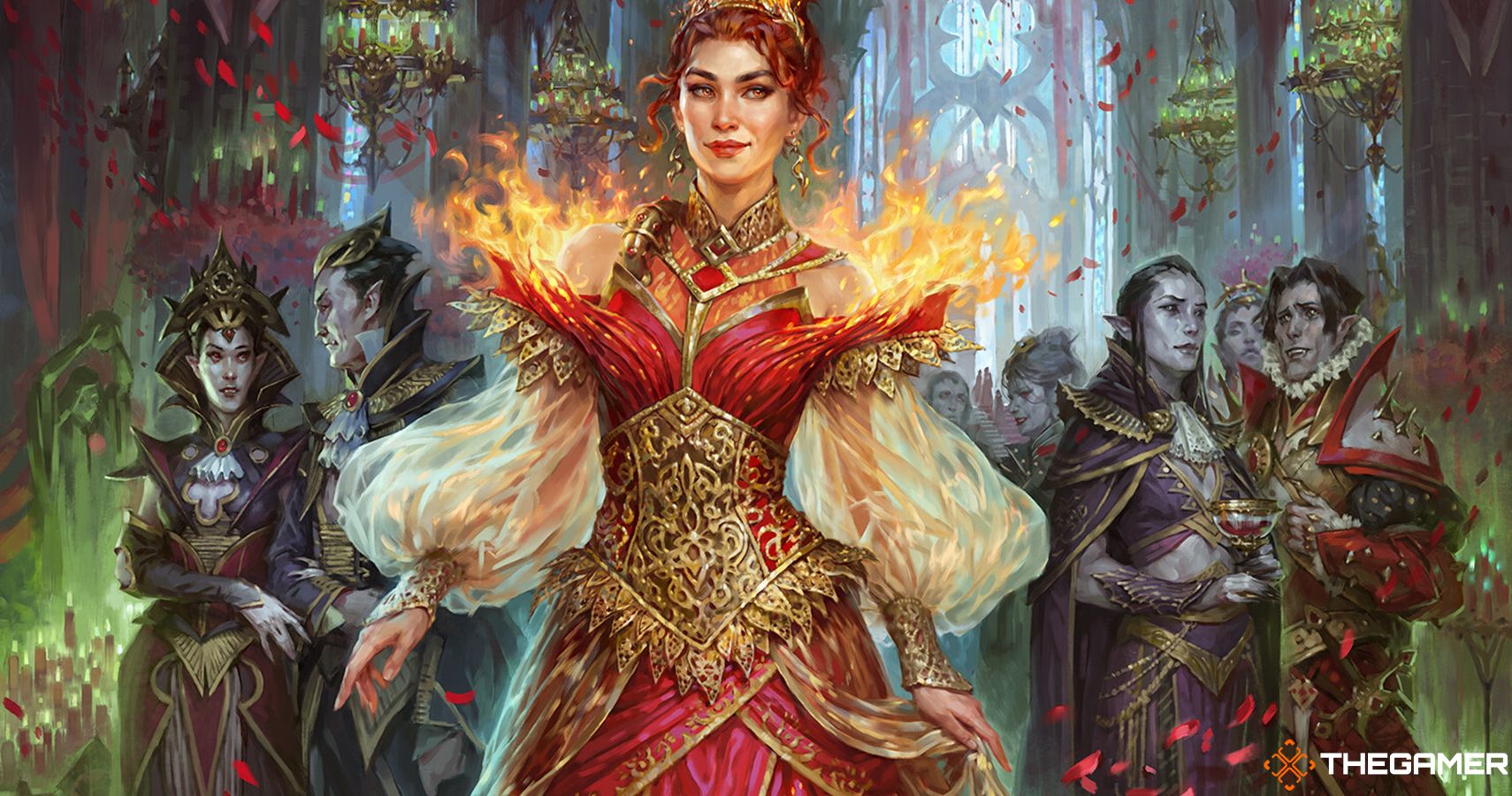
At one point, Crimson Vow wasn’t even supposed to exist. The Vision Design team (who do all the preliminary work on deciding a world, deciding which thematic beats to hit, potential mechanics etc.) had gone from Innistrad: Midnight Hunt straight onto next year’s Kamigawa: Neon Dynasty. We can thank one of the year’s earlier sets, Dungeons & Dragons: Adventures in the Forgotten Realms, as being the deciding factor to give us a second visit to Innistrad.
At first, Adventures in the Forgotten Realms was going to be a Core set – a mechanically simplified set designed for beginners, just with D&D flavour to bring in new players. Over time, the set’s complexity grew, with mechanics like Dungeons, Dice Rolling and Pack Tactics all thrown in. The way new players come to Magic has also changed significantly, with things like Arena and Jumpstart introducing many more players than the Core sets do. Therefore, it was decided that Forgotten Realms would be a major premiere set instead, and now the entire schedule had to change.
To understand why Crimson Vow had to be put in, you need to look back at the last few years of set releases. Each ‘year’ of Magic runs from Autumn to Autumn, includes four premiere sets, and run alongside the Standard format rotation. This year of Magic was Zendikar Rising, Kaldheim, Strixhaven, and Adventures in the Forgotten Realms, and the year before it was Throne of Eldraine, Theros: Beyond Death, Ikoria: Lair of Behemoths, and Core 2021. By adding an extra set in at the end of 2021, Wizards could shift the release schedule up a little bit and give the latter sets of each ‘year’ more time in Standard before they rotate out a couple of years later.
This change in schedule is probably a good decision long-term, but it did mean a new set had to be designed incredibly quickly. There wasn’t enough time to make a new setting, and so head designer Mark Rosewater decided instead to pick up where Innistrad: Midnight Hunt left off and return to Innistrad for Crimson Vow.
The introduction of Crimson Vow also had knock-on effects for Midnight Hunt, which was at the time considered pretty much complete. In particular, Decayed was designed for Crimson Vow, but was moved to Midnight Hunt as it fit better with the themes of the set (Midnight Hunt focused on necromantic undead corpse zombies, while Crimson Vow plays more to the scientific Frankenstein’s Monster style of zombie). Disturb was moved from Midnight Hunt to Crimson Vow exclusively, but was later split across both sets instead. The mechanic would be introduced with the simpler creatures in Midnight Hunt, before introducing the more complex aura enchantments in Crimson Vow.
You can see Crimson Vow’s hasty production in the codenames used for each set. In recent years, each set has been given a codename based on a sport, and set out in alphabetical order (Throne of Eldraine is ‘Archery’, Theros: Beyond Death is ‘Baseball’ and so on). Innistrad: Midnight Hunt was known internally as ‘Golf’, and Kamigawa: Neon Dynasty is ‘Hockey’. Crimson Vow’s internal codename is ‘Clubs’, as it was an addendum to Midnight Hunt’s ‘Golf’.
Link Source : https://www.thegamer.com/5-things-you-didnt-know-about-magic-the-gathering-innistrad-crimson-vow/
